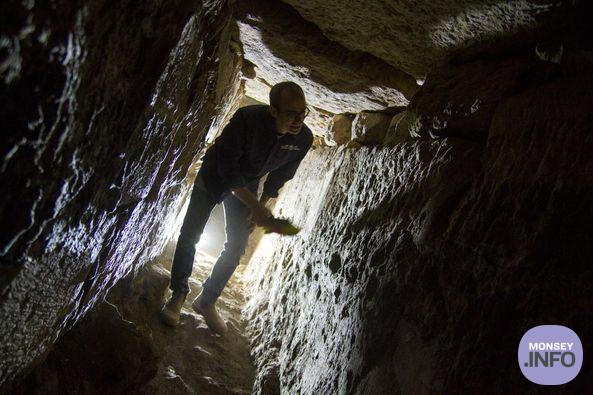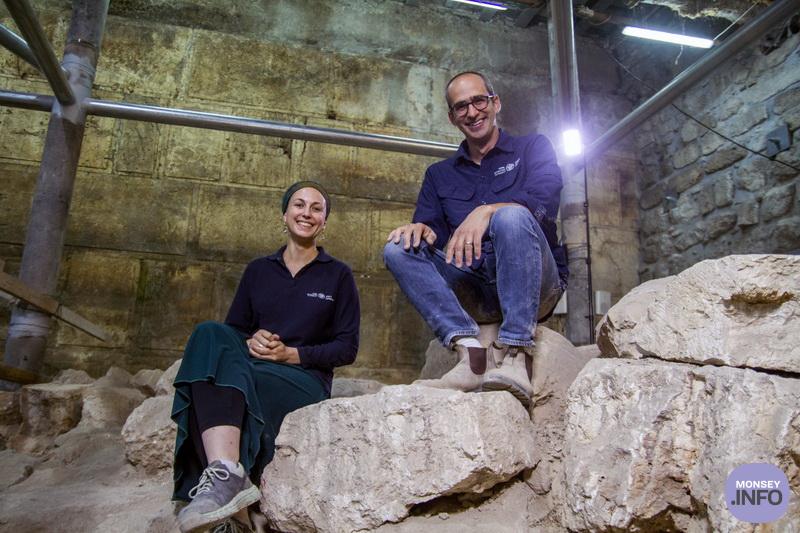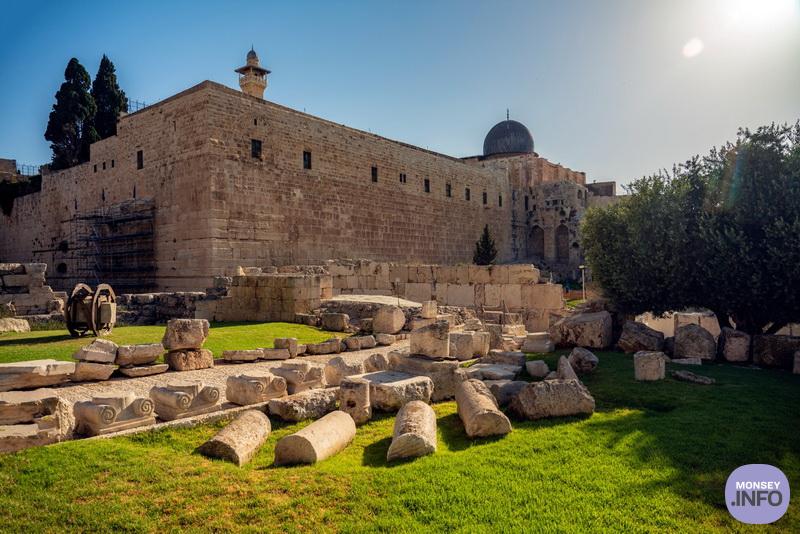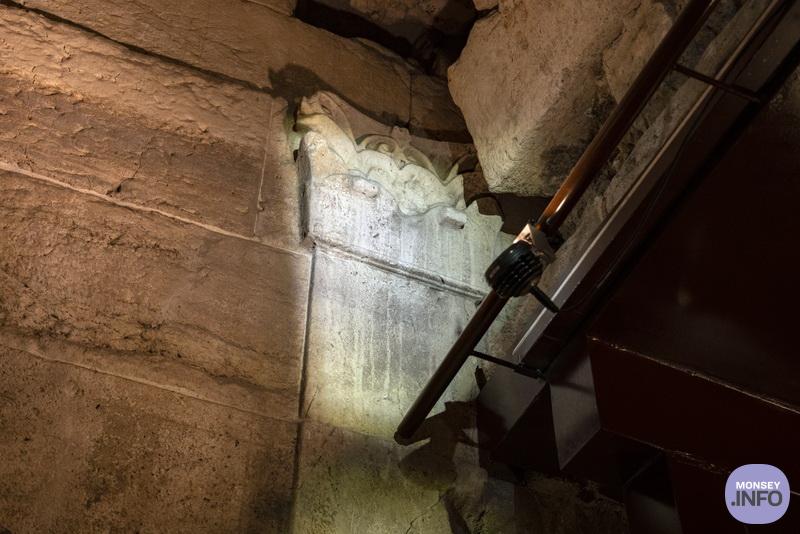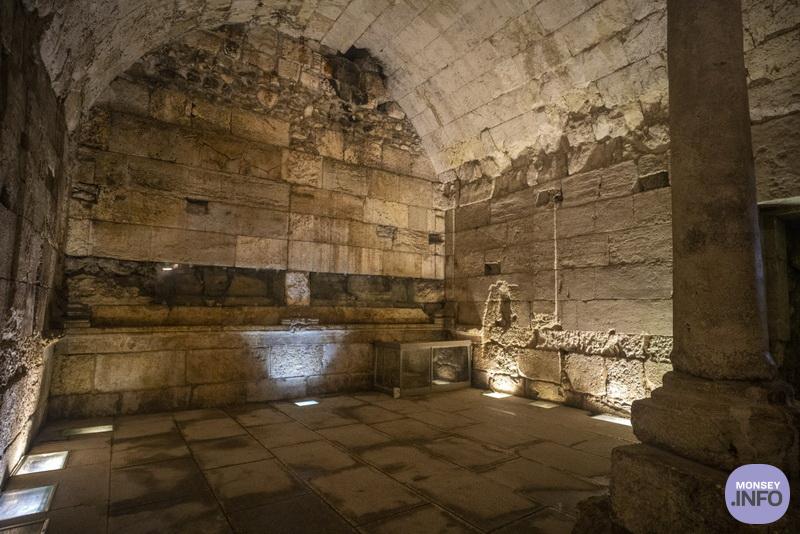
Jerusalem: From a Small City to a Magnificent Metropolis
Until the middle of the 2nd century BCE, Jerusalem of the Second Temple period was a small city, important – but not very impressive.
The change occurred when the Hasmonean family arrived about 2,150 years ago. They aspired to position the city’s status as a political capital and establish their power there.
How do you do that? – By building – and building big!
The Hasmonean family were, in fact, the city planners. The extensive construction processes within Jerusalem during their reign – and later, in the days of Herod the Great and the Roman governors, were expressed in a variety of significant projects, one of the most important was the expansion of what was the heart of all activity in the city, and its great attraction: the Temple.
“The expansion of economic activity in the city created a layer of wealthy residents. The houses of Jerusalem’s wealthy were luxurious, with several stories, bathhouses, ritual baths, and pantries.”
The influence of Roman culture was also evident in the design of the houses and the new walls that were built around the city,” says Tehillah Lieberman, an archaeologist in the Jerusalem district of the Israel Antiquities Authority.
Another significant phenomenon that influenced the design of Jerusalem was the pilgrimage. “In the Second Temple period, Jerusalem was the exclusive place of worship for the Jewish people,” explains Dr. Joe Uziel, a Jerusalem researcher at the Israel Antiquities Authority. “One of the main ways to direct the movement of pilgrims to Jerusalem was to manage the reception stage for pilgrims outside the city itself. After the long journey to Jerusalem, which began, for some of the pilgrims, in the Galilee – or even in Alexandria, Egypt – they were received in a kind of camp that welcomed them outside the city, where they could purchase sacrifices for the Temple, refresh themselves and exchange coins – among other things – in order to pay the half-shekel tax to the Temple.
In the city itself, a system of roads, bridges, and streets was built, directing the busy traffic to the Temple, with the “Stepped Street” – a street 8 meters wide and about 600 meters long (located in today’s City of David site and excavated by the Israel Antiquities Authority), being the main one, and alongside it were shops and even – perhaps, a podium for delivering speeches to passersby.
Photos: Yaniv Berman, Israel Antiquities Authority.
